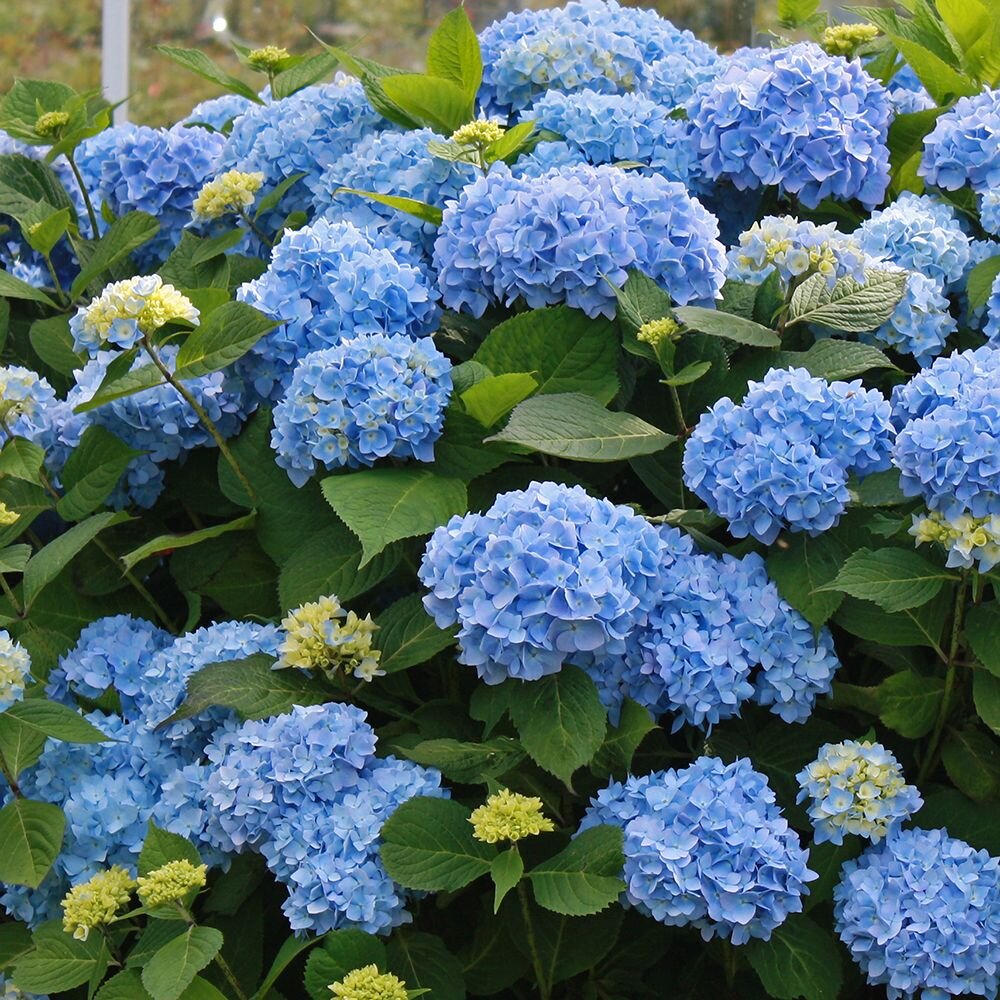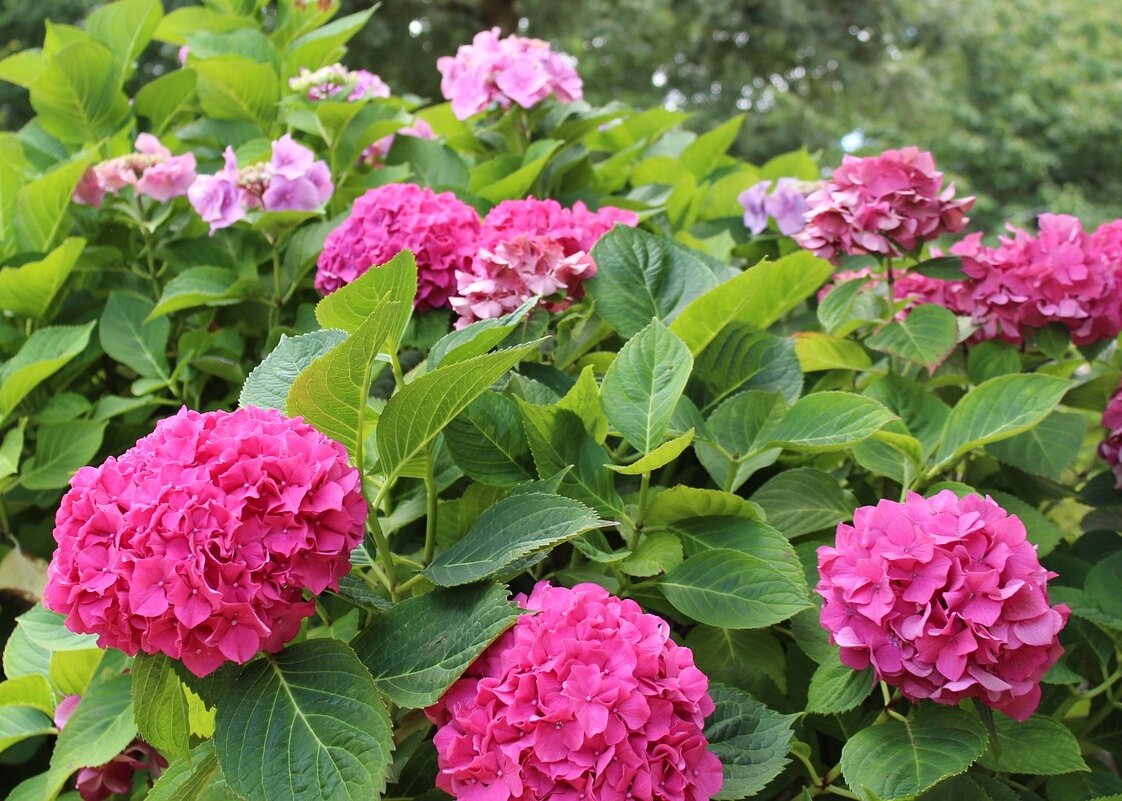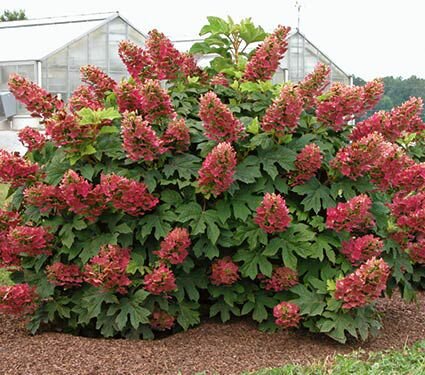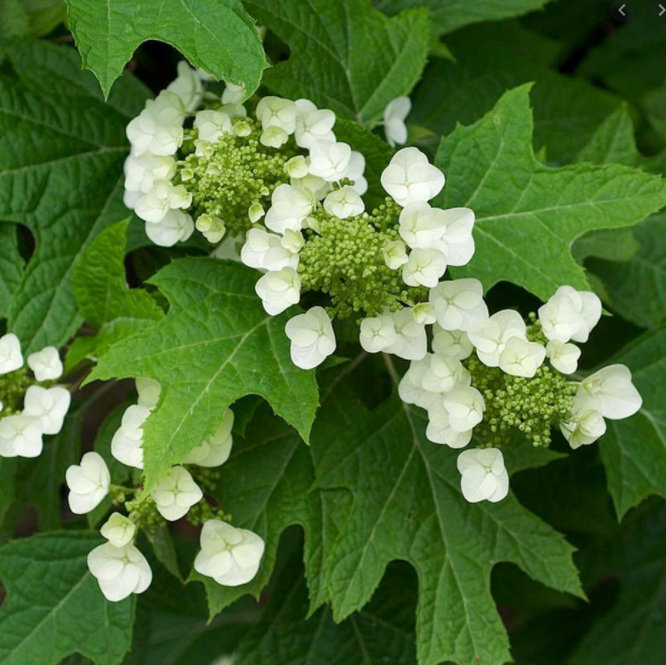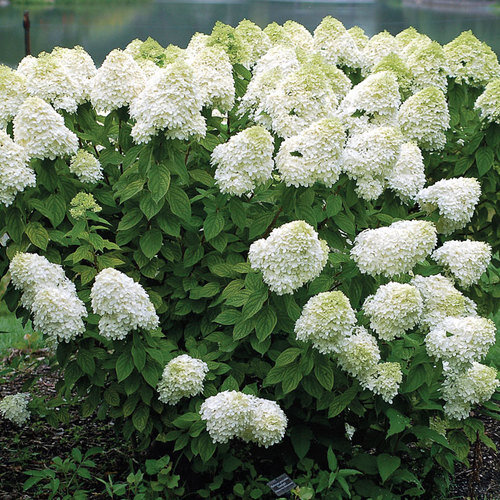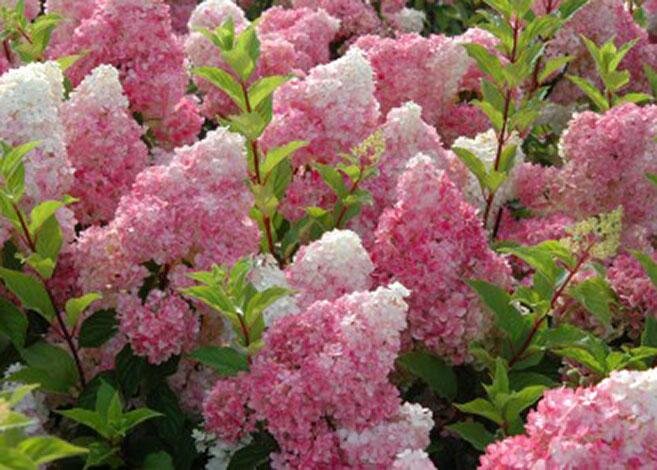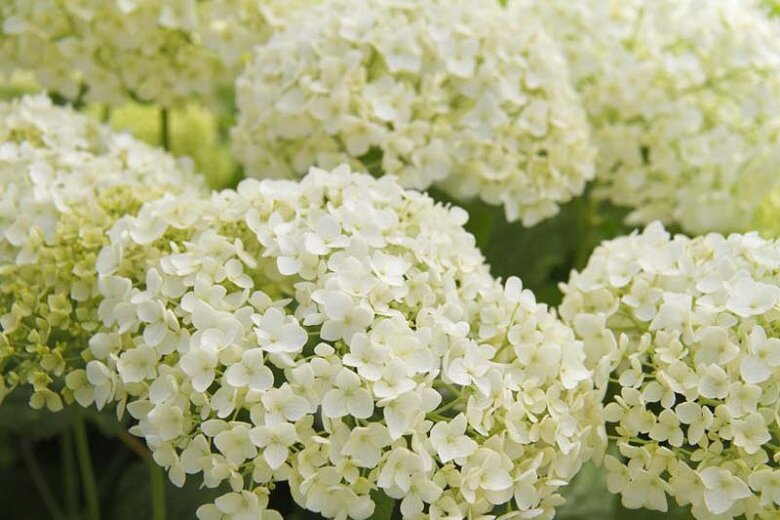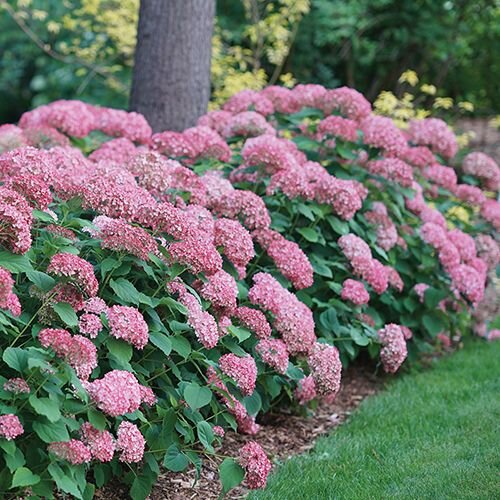How to Properly Care for Hydrangeas
As a landscaping company, we get many questions and inquiries for tips on how to best care for your landscape and lawn. We are here to answer one of the most frequently asked questions for the spring and summer, how to properly care for Hydrangeas.
Hydrangeas are a simple yet complicated shrub so before you pull out your pruners, there are some things that you will want to know. There are two types of hydrangeas that are pruned in two extremely different ways. One type of Hydrangea blooms on “Old Wood” where the second type blooms on “New Wood”.
OLD WOOD TYPES:
Old wood stems create buds throughout the season and also after the flower has already bloomed. It is considered “old” because it is created in the season prior to the current one. Here are examples of old wood Hydrangeas.
Big Leaf Hydrangea (Hydrangea macrophylla) : These hydrangeas are the type that you can change the color based on the soil’s pH. TIP: If the soil pH is more acidic, the flowers will be blue. If the soil is more alkaline, the flowers will be pinker. If you are looking to change the color of your Hydrangeas you can increase the acidity by adding coffee grounds into the soil. If you are looking for the pink color, you can increase the alkalinity by using wood ashes or baking soda.
Another “old wood” Hydrangea is the Oakleaf Hydrangea (Hydrangea quercifolia): This Hydrangea has an oak-like leaf (hence the name) and they have brilliant red fall color
For old wood types of Hydrangeas, Do not prune them in the fall. Remove dead stalks in early spring for the best results!
NEW WOOD TYPES:
“New Wood” stems have buds that are created in the spring of the current season. These are the best hydrangeas for people who are interested in something more low maintenance. They will bloom regardless of what you do to them. It is recommended, but not required, to prune out the dead branches and any that are crossing. This will shape the plant and make sure every stalk has blooms!
Panicle Hydrangea (Hydrangea paniculate): These hydrangeas have a panicle-shaped flower. They can also be grown into a small tree form.
Smooth Hydrangea (Hydrangea arborescence): These smooth Hydrangeas form a rounded flower with normal Hydrangea leaves.
If you would like to increase blooms, which of course you do, every couple of years, prune your new wood Hydrangeas to the ground in the fall and they will emerge in the spring looking amazing! Be careful not to do this too much. Over time, repeated drastic pruning will weaken their stems, and cause them to flop over and be staked to stand upright.
If this post has your wheels turning with new ideas, request a quote to begin your landscaping journey!

